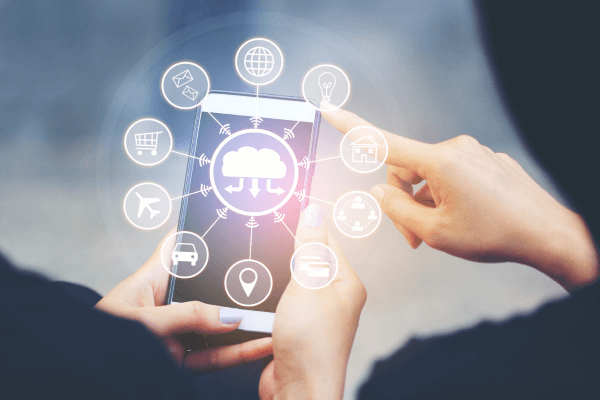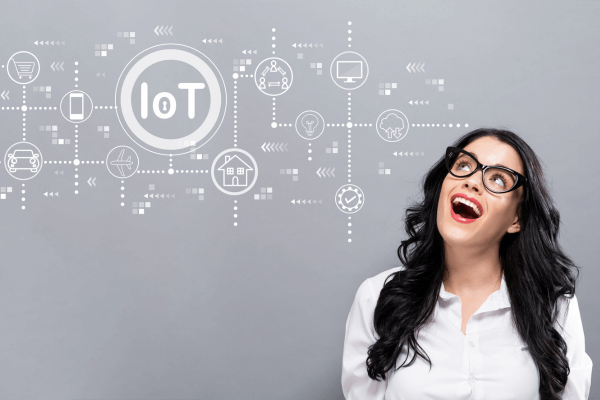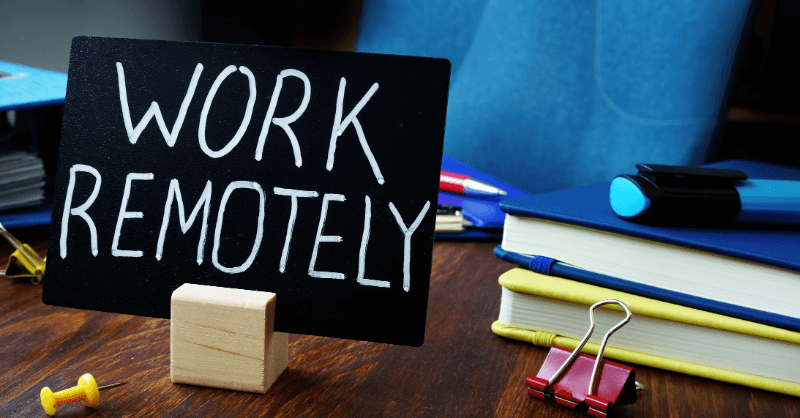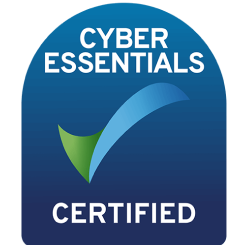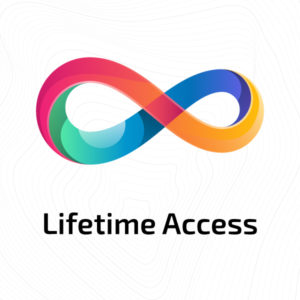With the customer service IoT aspect in mind, the IoT technology could basically transform how businesses conduce their operations with clients. The “via” functions of virtual assistants and chatbots will enhance customer service, enabling the business to be available 24/7. These responsive devices are connected to IoT to obtain information in real-time and then they use specific and situational techniques when answering questions and solving customers’ problems as well. This improves the ability of customer service teams to solve problems but also increases the feeling of user satisfaction and contentment.
The combination of IoT and customer experience will be more engaging and exciting with the use of wearable gadgets which is yet another appealing prospect. What is more, there are means of delivering real-time data from customers such as heart rate, sleep patterns, and physical activities to enable businesses to come up with custom solutions through personalization. To exemplify, wearables, in the form of devices or components of certain products, such as health applications, can be used to monitor and incentivize healthy behaviors which will ultimately lead to a more joyful and fulfilling IoT experience for the customer.
In the healthcare area, IoT is changing the way of patient care. Special detection devices and monitoring systems are utilized by physicians in order to track their patients from far away and in real-time. This will as well desist from the trouble of making personal visits such as guaranteeing a swift and precise diagnosis and treatment. It does not just make care more accessible to more people but also results in better health opportunities for many.
The prospect of an IoT future in the customer experience area is similarly exciting since it gives rise to more chances for personalization and customization in retail. Retailers can save customers time and money with ease by collecting data about their customers’ in-store behavior and preferences via IoT sensors. Using this data, businesses can provide personalized product recommendations and promotions. Besides that, the future generations of smart homes powered by IoT give businesses more ways to provoke customers with surprising features, such as automated product ordering and delivery.
You also learn about customer experience optimization, which is becoming increasingly important as businesses seek to leverage IoT technology to enhance customer satisfaction and engagement.
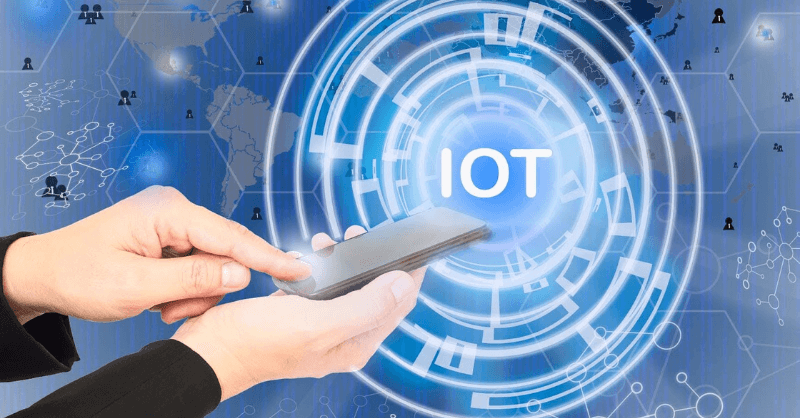

![]() 8 minutes
8 minutes

